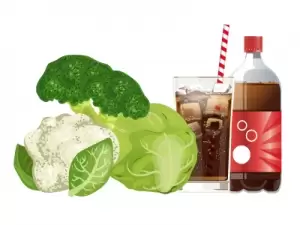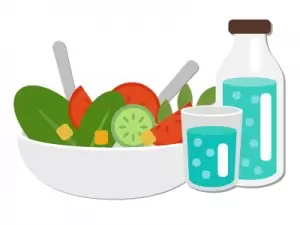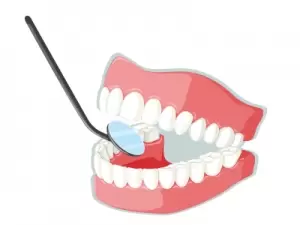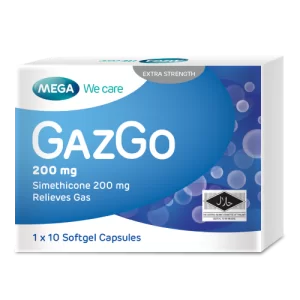
Beat the Bloat
Feb 5, 2021
Intestinal Gas
Intestinal gas balance is a complex process involving vast amounts of gas production and disposal. All these processes are finely regulated so that the total volume of intestinal gas accounts only for 100 to 200 mL in normal conditions. Intestinal gas input results from swallowing, chemical reactions, diffusion from blood, and bacterial fermentation. Gas output involves absorption into the blood, bacterial consumption, and defecation.3
Diet & Lifestyle Management for Excessive Intestinal Gas
What you can do to help in reducing excessive intestinal gas:

1. Reduce or limit the portion of food and beverages that prone to produce more gas such as beans, high fibre food, cruciferous vegetables (cabbage, cauliflower, broccoli), carbonated beverages, sugar-free products containing sorbitol

2. Eat and drink slowly

1. Reduce or limit the portion of food and beverages that prone to produce more gas such as beans, high fibre food, cruciferous vegetables (cabbage, cauliflower, broccoli), carbonated beverages, sugar-free products containing sorbitol

4. Drink plenty of water

5. Increase physical activity

6. Get your dentures properly fitted
By following these tips, it may help to keep your gas under controlled. Or you can check out GAZGO for fast relief of intestinal gas.

References
- Gastrointestinal Society 2020. Intestinal gas. Retrieved from: https://badgut.org/information-centre/a-z-digestive-topics/intestinal-gas/
- Jiang, X., Locke, G. R., Choung, R. S., Zinsmeister, A. R., Schleck, C. D., & Talley, N. J. (2008). Prevalence and risk factors for abdominal bloating and visible distention: a population-based study. Gut, 57(6), 756-763.
- Azpiroz, F., & Serra, J. (2004). Treatment of excessive intestinal gas. Current Treatment Options in Gastroenterology, 7(4), 299-305.



